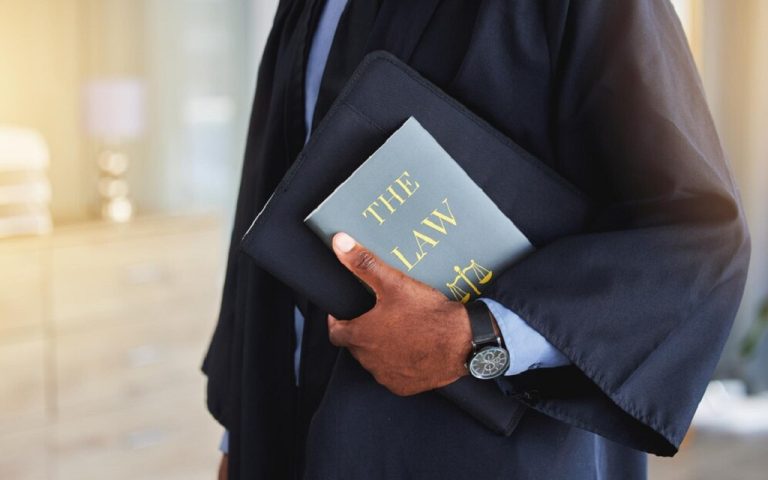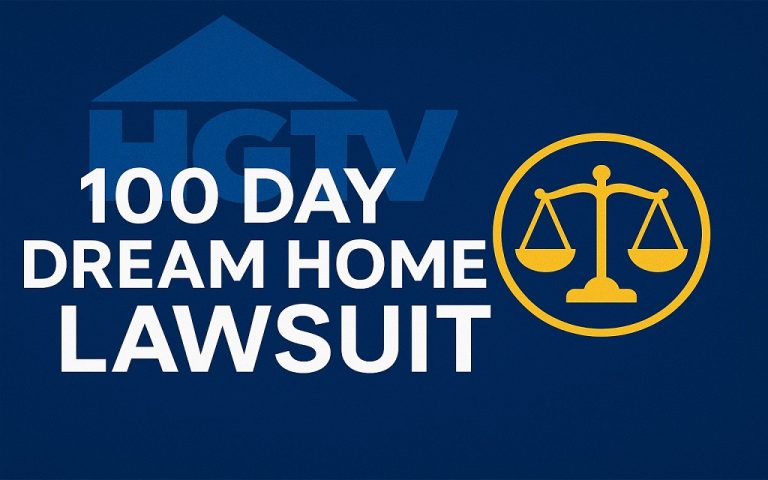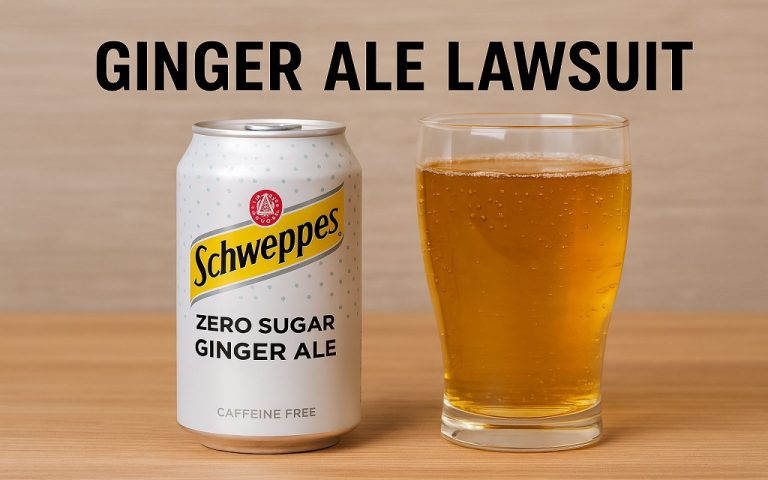Not the healthcare Sequoia Project: The lawsuit discussed here involves Project Playlist (later Playlist.com)—an early playlisting site. The Sequoia Project is a health-IT nonprofit that serves as the TEFCA Recognized Coordinating Entity; it has no connection to Project Playlist.
In the ever-evolving world of digital music and streaming platforms, legal battles have often shaped the rules of engagement. One such controversy that continues to pique curiosity is the so-called “Music Industry Lawsuit Sequoia Project Playlist.” Despite the confusing name, this case has nothing to do with healthcare—it revolves around Project Playlist. This early music-sharing service disrupted the industry before facing lawsuits from major record labels. In this article, we break down what happened, clear up the common misassociation with the Sequoia Project, and examine how this legal showdown changed the trajectory of online music forever.
A Tale of Two Sequoias and One Controversial Playlist
The phrase “Music Industry Lawsuit Sequoia Project Playlist” has confused both internet searches and those who follow the music business. Contrary to popular belief, the lawsuit in question is not about the Sequoia Project, a healthcare interoperability organisation, but rather about Project Playlist, a now-defunct music-sharing network.

In the late 2000s, Project Playlist gained recognition for allowing users to embed MP3 files from external websites into playlists. It was among the many peer-driven platforms that used social sharing to create music-based communities. Project Playlist, however, functioned in a legal limbo, in contrast to platforms that sought formal authorisation from the start. Major recording corporations took notice of this, which ultimately led to several well-known cases.
In the meantime, the Sequoia Project is a separate organisation that works in the medical field. Its main goal is to make it easier for different providers to securely and effectively share health information. Some consumers may have been confused by the two unconnected organisations due to similar term associations in search engine indexing.
This guide will cover the history of the lawsuit, its legal ramifications, and its broader effects on digital music licensing. We’ll also clarify the misunderstanding between the two organisations and discuss how it impacts the development of music distribution and digital rights enforcement.
Project Playlist: A Precursor to Modern Streaming
Project Playlist was a disruptive force in the internet music landscape before Spotify and Apple Music gained widespread recognition. It was introduced in 2006 and allowed users to incorporate MP3 files from other websites to create their playlists. Project Playlist avoided direct hosting duties and instead depended on the open internet to index music housed elsewhere, in contrast to today’s centralised systems.
At its peak, the platform claimed over 40 million users. Its integration with MySpace allowed users to embed playlists directly into their profiles, creating viral engagement loops. Facebook later followed suit. Users who wanted unfettered access to music without the hassle of memberships or advertisements found this concept appealing.
However, big companies like Universal Music Group, Warner Music, and EMI, as well as the Recording Industry Association of America (RIAA), viewed this as a blatant copyright violation. They contended that by circumventing conventional licensing structures and promoting widespread illegal streaming, the site denied artists and rights holders just remuneration.
Clarifying the Sequoia Project Confusion
The Sequoia Project is a nonprofit organization that was founded in 2012 with the goal of improving health data interoperability in the United States. It is essential to the development of the electronic health record (EHR) infrastructure to work on projects like the Trusted Exchange Framework and Common Agreement (TEFCA). Its goal is to enhance patient outcomes by ensuring that information can be shared safely and efficiently between healthcare professionals.
The Sequoia Project has no operational, legal, or historical connections to Project Playlist, despite the similarity in names. Overlapping keyword phrases and a lack of context in search engine snippets or auto-complete results are probably the root causes of the problem. This mix-up underscores the importance of explicit entity disambiguation in digital content, mainly as search engines increasingly rely on semantic search and natural language processing to surface relevant results.
Timeline of the Project Playlist Lawsuit
Year What happened Sources 2006–08 Project Playlist grows quickly; embeds playlists on MySpace/Facebook; user counts touted in tens of millions. TechCrunch+1 Apr 28, 2008 Major labels sue (SDNY case 1:08-cv-03922 captioned Atlantic Recording et al. v. Project Playlist). Justia Dockets & Filings Dec 2008 Mar 25, 2009 EMI settles and licenses its catalog to Project Playlist. May 2010 UMG and WMG drop/settle their suits. Hypebot Aug 6, 2010 Chapter 11 bankruptcy (Project Playlist / Playlist, Inc.) filed in C.D. Cal. WIRED+1 2013 Playlist.com relaunches as personalized radio using Echo Nest.
These legal actions demonstrated that Project Playlist actively promoted access to copyrighted content without licensing, making it more than merely a passive tool. Courts and industry watchdogs viewed this as a wilful violation of copyright restrictions.
Key Legal Concepts and Arguments
Several legal principles were central to the lawsuits:
- Willful Copyright Infringement: The record labels accused Project Playlist of knowingly enabling users to stream copyrighted music without permission.
Contributory / vicarious liability when a platform helps users access unlicensed works at scale (especially if it benefits commercially).
Inducement doctrine (from Grokster, 2005)—you can be liable if you encourage infringement.
Later enforcement against other services (e.g., LimeWire injunction, 2010) drew on these doctrines—not on Playlist’s settlements.
- Direct Commercial Benefit: Project Playlist monetized traffic through ads and user engagement, which strengthened the argument that it benefited financially from unlicensed content.
These arguments reinforced a precedent that platforms cannot sidestep liability merely by outsourcing file hosting. The law holds that facilitation and profit-sharing from infringing activity constitute actionable offenses.
The Settlements and Outcomes
In 2010, Project Playlist agreed to confidential settlements with several record labels, notably EMI and Warner Music. While exact financial terms were never disclosed, the agreements required Project Playlist to:
- Remove all unlicensed music from its catalog
- Stop facilitating access to third-party-hosted MP3s
- Pursue legitimate licensing partnerships, which ultimately proved unfeasible
Following the settlements, Project Playlist lost user trust and relevance. It was removed from Facebook and MySpace integrations, and traffic dwindled. Eventually, the company shut down operations entirely, signaling the end of an era for DIY playlist platforms.
Broader Industry Impact: A Legal Turning Point
The Project Playlist case had ripple effects throughout the digital music industry:
- Social Media Crackdowns: Facebook and MySpace prohibited third-party music widgets and apps that weren’t connected to authorised services out of concern about potential legal repercussions.
Standardization of Licensing: The case encouraged digital entrepreneurs to obtain music licenses in advance, which led to the growth of platforms like Spotify that prioritised legality from the outset. - Case Law Influence: The lawsuit established a legal roadmap that was later used in actions against Grooveshark, LimeWire, and early iterations of SoundCloud.
It also shifted investor sentiment. Funding dried up for music startups perceived as non-compliant with intellectual property laws. Compliance became a prerequisite for innovation.
Technology Evolution: From Free-For-All to AI-Powered Filters
In response to this and similar lawsuits, technology adapted:
- Content ID Systems: To identify and control copyrighted content, platforms such as YouTube have implemented automated systems that flag uploads and distribute ad revenue to the content owners.
- Licensing APIs: To ensure that every streamed material has the appropriate approval, services began using APIs from publishers and performance rights organizations (PROs).
- Algorithmic Detection and Artificial Intelligence (AI): Machine learning is becoming increasingly essential for tracking, detecting, and eliminating illegal content in real-time.
While still providing user-generated and crowdsourced content experiences, these solutions have made it simpler to operate lawfully.
Future Outlook: Blockchain, AI, and Licensing Reform
Looking ahead, the music industry is exploring cutting-edge tools to refine copyright enforcement:
- Blockchain Technology: Offers the potential for immutable tracking of song ownership, usage, and royalties across multiple platforms.
- AI Music Generation: Raises philosophical and legal questions about authorship and copyright. Should AI-generated music be copyrighted? Who owns it?
- Global Licensing Reforms: Organizations such as CISAC and WIPO are advocating for more unified frameworks that can manage digital rights across jurisdictions, thereby reducing friction for international streaming services.
These innovations may one day prevent the kind of legal ambiguities that plagued Project Playlist and similar ventures.
Conclusion: Lessons from the Project Playlist Era
The Music Industry Lawsuit Sequoia Project Playlist is a landmark moment in digital music history. Frequently mistaken for a dispute involving the healthcare-related Sequoia Project, it represents a decisive clash between technological innovation and copyright law enforcement.
It taught the industry that innovation without legal grounding can backfire. Securing licenses, investing in detection technologies, and coordinating with rights organizations before expansion are some of the harsh lessons learned from that era that have influenced platforms today.
To properly handle the new potential and challenges presented by AI and blockchain, producers, platforms, and regulators must remain vigilant. Building a sustainable and equitable digital music economy begins with understanding the past.
authoritative receipts
Case caption: Atlantic Recording Corp., et al. v. Project Playlist, Inc., No. 1:08-cv-03922 (S.D.N.Y.)—docket summary and orders. Justia Dockets & Filings
Bankruptcy: Project Playlist/Playlist Chapter 11 (C.D. Cal. 2:10-bk-42927 / 42946) + contemporaneous reporting.
At-a-glance
Core dispute: playlist embeds & linked MP3s vs. label licensing.
Platform bans: MySpace & Facebook removed Playlist in Dec 2008.
Settlements: EMI (2009); UMG & WMG (2010).
Aftermath: Chapter 11 in Aug 2010; later experiments with licensed radio (2013).




